Also at the National Science Library, this book of Conrad Gesner’s beautiful 16th century animal woodcuts, real and imagined (so much was hearsay anyway).
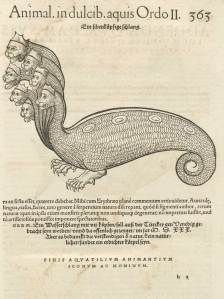

ANIMALS, PEOPLE AND THOSE IN BETWEEN
Also at the National Science Library, this book of Conrad Gesner’s beautiful 16th century animal woodcuts, real and imagined (so much was hearsay anyway).

There’s a magnifabulous online book of the 1585 edition of Oeuvresby Ambroise Paré, 16th century surgeon, considered the first humane surgeon to come out of the barber-surgeon tradition. He was also very interested in ‘monstrous’ forms.
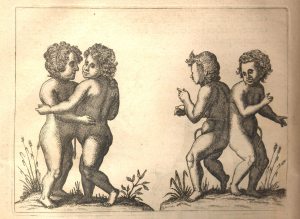
The book’s at the National Library of Medicine
Fritz Haeg’s Animal Estates “produces events and exhibitions to consider the animals that we share our cities with, and creates dwellings for animals that have been unwelcome or displaced by humans. As animal habitats dwindle daily, Animal Estates proposes the reintroduction of animals back into our cities, strip malls, garages, office parks, freeways, front yards, parking lots, skyscrapers, and neighborhoods…
Dwelling designs for a variety of animals will be tested throughout the world. In cities and suburbs, from public streets to private yards, prototype Animal Estates will be established in a variety of environments. At times they will be hidden from view and at others quite visible to the public. Each will be designed to attract and welcome a particular animal back into an environment that has been dominated by humans. The design for each estate will be developed with a local specialist on that particular animal. These animals may at times be helpful and welcome residents, but others may require some getting used to.”
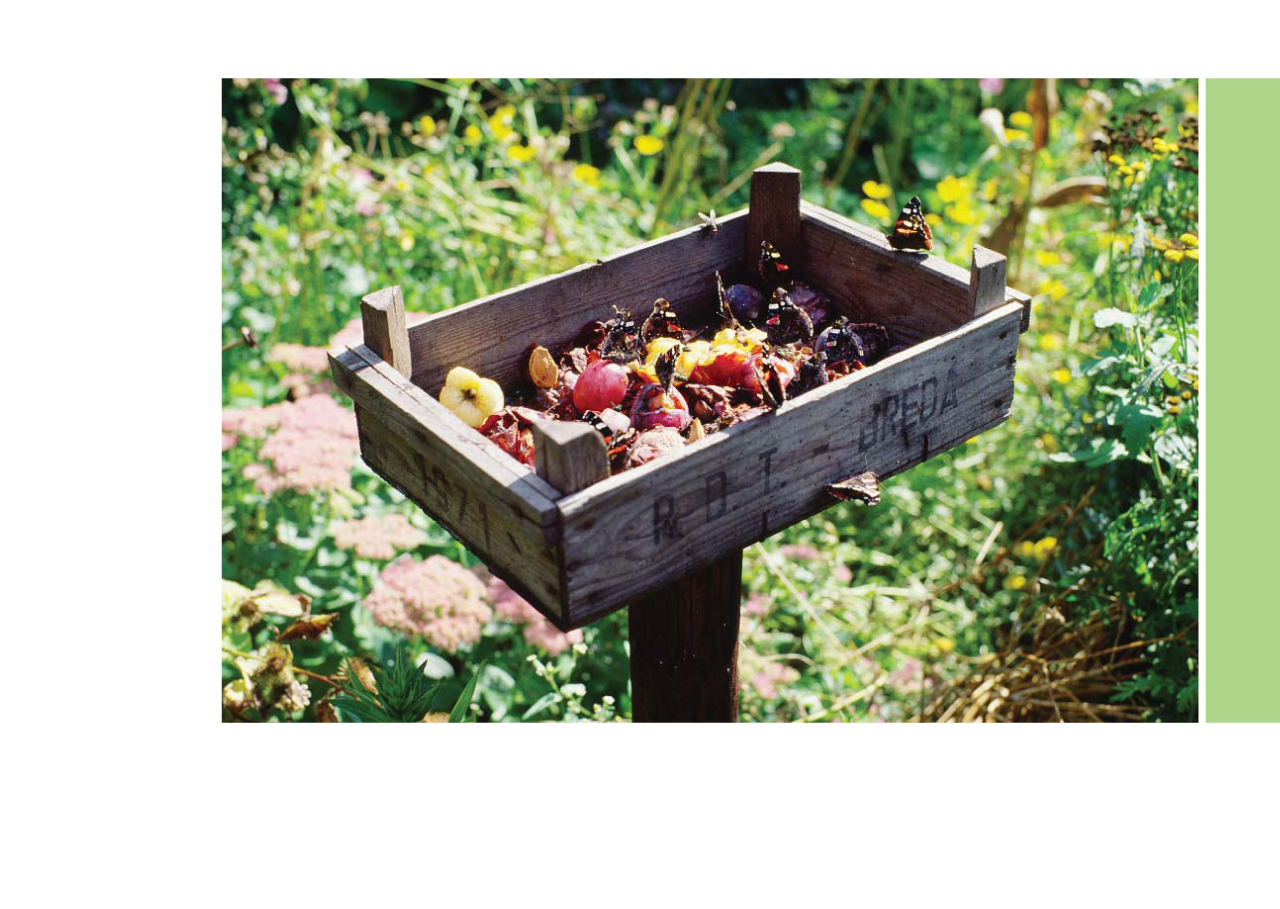
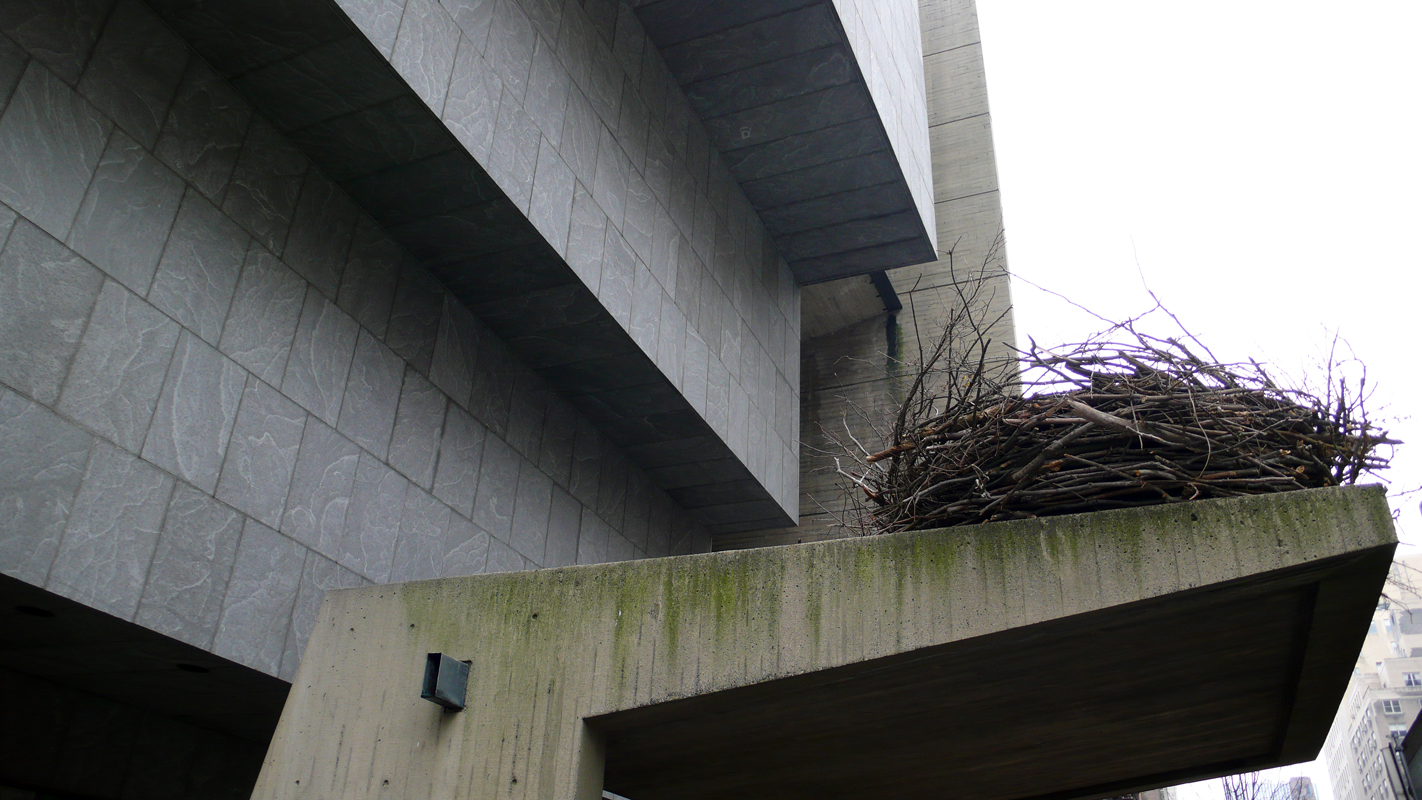
This is another great project from the same artist, Edible Estates, encouraging people to tear up their water guzzling grass lawns and replacing them with vegetable gardens. I got really excited when I saw the iteration in Lakewood, CA (a west coast Levittown) transformed into food.

I found this site originally from a class at UCSB, Interspecies Collaborations, “a collaborative research space for documenting the progress of art projects made together with non-human animals and for posting resources relevant to such endeavors.”
I snagged this from The Atlantic, Andrew Solomon’s Daily Dish,
It’s a quote from Henry Beston’s The Outermost House:
“We need another and a wiser and perhaps a more mystical concept of animals. Remote from universal nature, and living by complicated artifice, man in civilization surveys the creature through the glass of his knowledge and sees thereby a feather magnified and the whole image in distortion. We patronize them for their incompleteness, for their tragic fate of having taken form so far below ourselves. And therein we err, and greatly err. For the animal shall not be measured by man. In a world older and more complete than ours they move finished and complete, gifted with extensions of the senses we have lost or never attained, living by voices we shall never hear. They are not brethren, they are not underlings; they are other nations, caught with ourselves in the net of life and time, fellow prisoners of the splendour and travail of the earth.”
There’s been much writing lately around removing the hierarchical imposition of humans and the rest of ’em. I’m 100% plus on this one. But referring to non-human animal species as “animal nations” is problematic. Not sure how I feel about creating statehood for any of us. There’s far too much overlap, hybridity, intertwingling for such discrete apportioning. And the more we think about our (constantly) renaturing world, the more stories like the ones below emerge, and can’t be considered “naturally” aberrant, or completely the product of human artifice:
My friend Abigail Simon found this one.
and this one is very strange… I love it when you “sigh,” birdie.
Granted these are animals in altered (mediated by humans, forced cohabitation) settings, I’m trying to do research on wild instances of interspecies cooperation/curiosity. There are plenty of examples of tolerance (watering holes, feeding grounds, lakes, rivers). But the line between coexistence and cooperation is interesting.
Alexis Rockman has a show of new paintings at Nyehaus Gallery in New York.
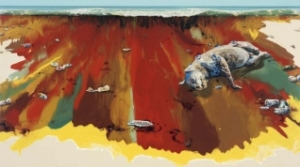
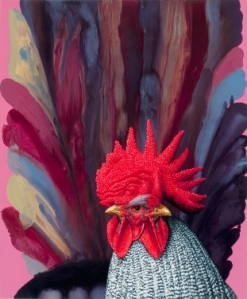
Bruce Sterling wrote that:
“Though he is known for the searing clarity of his paintings, there are things below the waterline that he does not paint.Years ago, the alligator made up his mind about these central issues in his oeuvre. He decided, as an act of deliberate will, to maintain his amphibious ambiguity. An ambiguity about the boundary of man and animal. An ambiguity about the borders of nature and artifice. Of art, of science…Human debris, sinking to the inky bottom of the alligator pond, a harvest too bitter even for the worms…Glassware, toxic vinyl, and shiny aluminum; a styrofoam soup in the Pacific, polar ice gone missing with no forwarding address, a food web blown to rotten lace, with gothic cobwebby holes of the vanished in the Sixth Great Extinction…A fantastic mulch of the natural and political. Yesterday’s brilliant inventions, more mortal even than their masters, become an ooze in the planet’s hidden waters, a toxic dust, the plaything of the whipping winds.Dripping mayhem covers the canvas: north, east, south and west, center, pole and periphery, forward and back in time. On any scale a monster might care to depict: glaciers, tornadoes, down the busily swarming bacteria, swapping their pirate cassettes of antibiotic resistance, like the music-tape pirates down at Saint Mark’s Place. New genes, plucked like snarled wire from the guts of a shattered piano, then kinked, knotted, plier-jammed into the tasty flesh of pigs, chickens and cows. Over-eager weeds break from concrete sidewalks bridging sullen, forgotten, still-dripping New York streams. “
These paintings need to be seen in person; their alternately pasty palette-smeared impasto and resin-wet gloss surfaces mess with your eyeballs, vascillating between vivid, convincing representation and distressed, formal, melting swaths of color.